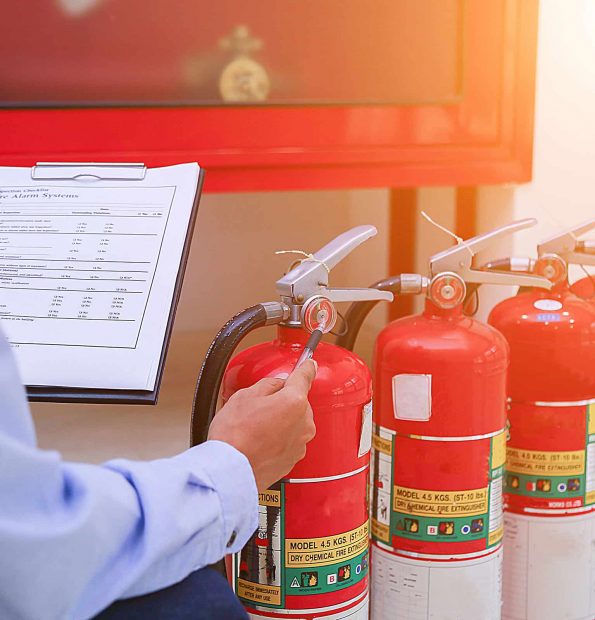Sydney fire safety goes beyond than simply checking boxes. The Annual Fire Safety Statement is an essential part of the process. It does more than meet the legal standards, but also displays the building owner’s devotion and commitment to safety. In conjunction with the Fire Safety Certificate, the AFSS provides the foundation for a well-organized system that assures the safety of the building’s occupants and reassures insurers. It also provides confidence to councils in the structures of their city.
Why the Annual Fire Safety Statement Exists
The Annual fire safety statement Sydney requirement was never designed to be paperwork for the sake of paperwork. Systems for protecting against fire are only effective if they’re regularly maintained, tested and certified. Sprinklers put in place ten or more years ago could appear good, but they may not function in a critical situation when they’re not inspected.

The AFSS demands that property owners be able to prove, at least every year, their security measures for fire, from alarms to hydrants, to lighting for exits, meet the standards originally set by the Building Code of Australia. It’s not just an inspection, it’s a public declaration that lives are safe and that the building is able to withstand a critical incident.
The Difference Between AFSS and Fire Safety Certificates
Many owners mistake the annual statement with Fire Safety Certificate, but their functions differ. The certificate will be issued after a installation has been completed or major modifications are completed. The certificate ensures that the latest measures are in line with the regulations prior to a building or tenancy agreement is signed. The AFSS is after. It’s a continuous obligation that proves the same systems are able to meet the standard every year after the installation.
They are able to create a protection loop when they are combined: the certificates verify that security systems were properly installed and the annual reports ensure that these systems are maintained throughout the lifespan of a structure. Missing either step weakens the entire system of protection.
The Responsibility Placed on Building Owners
One of the most distinctive aspects of the AFSS process that is unique to New South Wales is that it places ultimate responsibility on the property owner. Unlike other forms of compliance in which defects can be categorized as major or minor or major, the AFSS system does not permit any sort of hierarchy. The entire declaration is invalid when even one of the measures fails.
Owners must be proactive. To meet deadlines, they must arrange inspections, find certified professionals, schedule repairs, and then submit the documents to the council. Councils for strata and commercial landlords are also responsible for coordination with contractors, tenants and insurance companies. Although challenging, this structure is designed to ensure that security is not diminished or delayed.
The impact of AFSS on Sydney
The AFSS is not just concerned with legal compliance. It has broader implications. Tenants frequently inquire about the safety statements for a particular building when deciding if they want to lease the space, and insurance companies often require a copy before finalizing coverage. An up-to-date annual Fire Safety Statement can impact the value of a building as well as tenant confidence and even insurance premiums.
Councils can rest assured that the tens of thousands of Sydney buildings are constantly monitored. It means that fire authorities are more confident about the system’s capability to function in times of crisis. This reduces risks for both firefighters and those who reside in the buildings. The AFSS doesn’t just safeguard specific buildings, but makes the city safer.
Conclusion: AFSS is a Standard of Trust
It may seem like an administrative burden, but the Annual Fire Safety Statement Sydney is actually an assurance standard. It is a proof that fire safety can’t be left to chance, that the equipment is safe and that property owners are willing to take responsibility for the wellbeing of the people who live in their premises. When paired with the Fire Safety Certificate, it completes a process that validates both the installation as well as the continuous performance of the critical security measures.
Property owners can learn the value of this lesson: AFSS are more than just a simple date. It’s a commitment safety, accountability, and community trust. In the rapidly expanding urban area of Sydney in which thousands of people depend on safe and dependable buildings, this is what truly makes the AFSS an invaluable resource.
